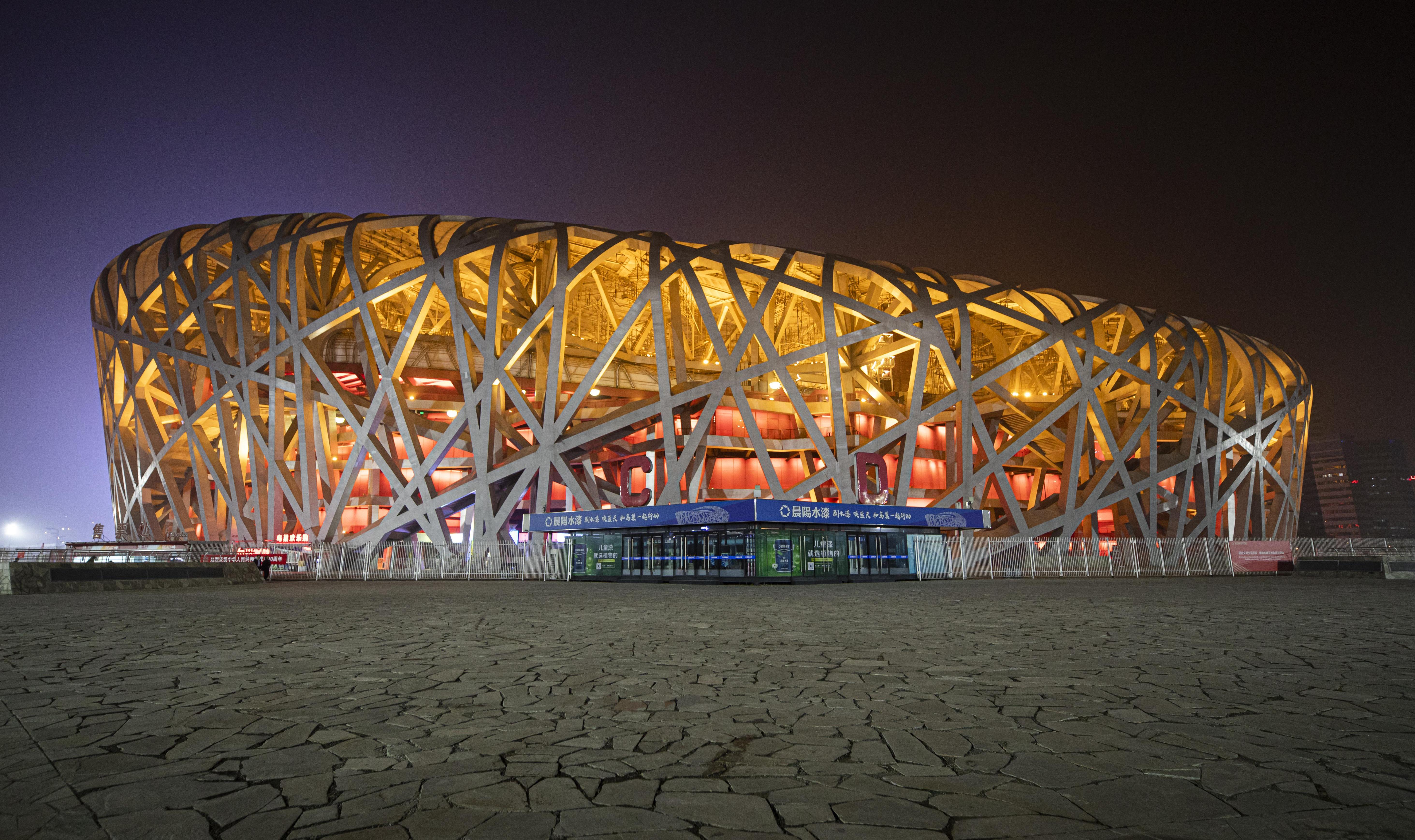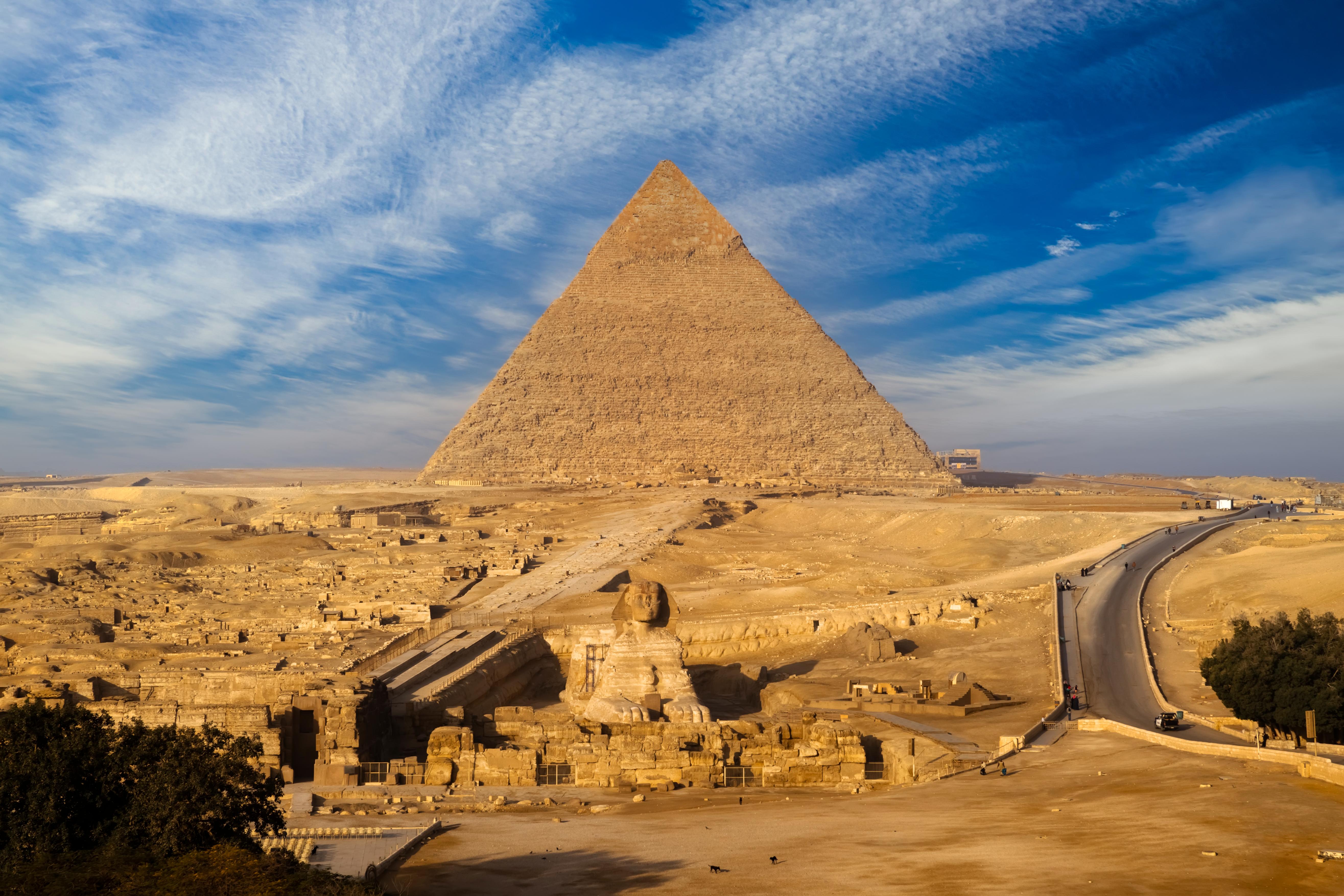Spectacular Stadiums You Never Knew Were Designed by World-Famous Architects
Stadiums are far more than just sporting arenas—they are architectural masterpieces, cultural landmarks, and symbols of human ingenuity. Over the years, some of the world’s most renowned architects have transformed stadium design, pushing the boundaries of form, function, and aesthetics. These structures are not only built to host epic sporting events but also to leave a lasting impact on their cities and the world of architecture. From futuristic designs to historical influences, these 12 stadiums showcase how architects have merged artistry, sustainability, and cutting-edge technology to create mesmerizing landmarks.
1. Beijing National Stadium ("Bird's Nest") – Herzog & de Meuron (China, 2008)

One of the most recognizable stadiums in the world, the Beijing National Stadium, also known as the "Bird's Nest," was designed by the Swiss architectural duo Herzog & de Meuron for the 2008 Beijing Olympics. Its intricate lattice-like steel structure was inspired by Chinese ceramics and traditional woven patterns, symbolizing cultural heritage blended with modernity. The open framework allows for natural ventilation, making it a sustainable design suited for the city’s climate. Beyond its striking visual appeal, the Bird’s Nest has become a lasting icon of Beijing, hosting international sports events, concerts, and cultural exhibitions.








